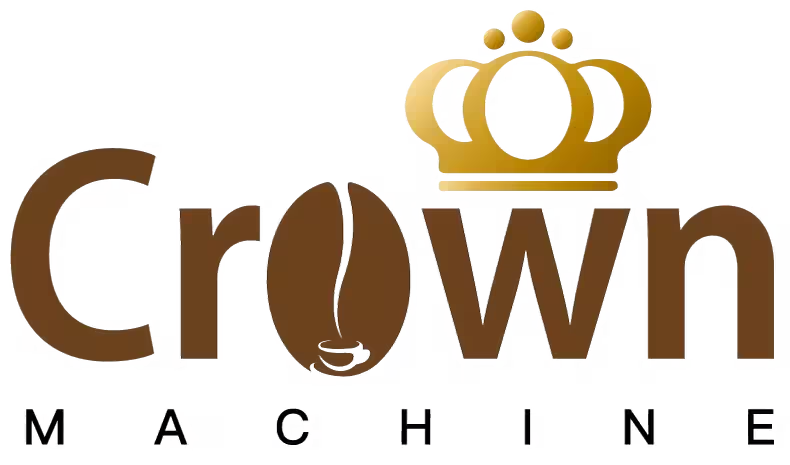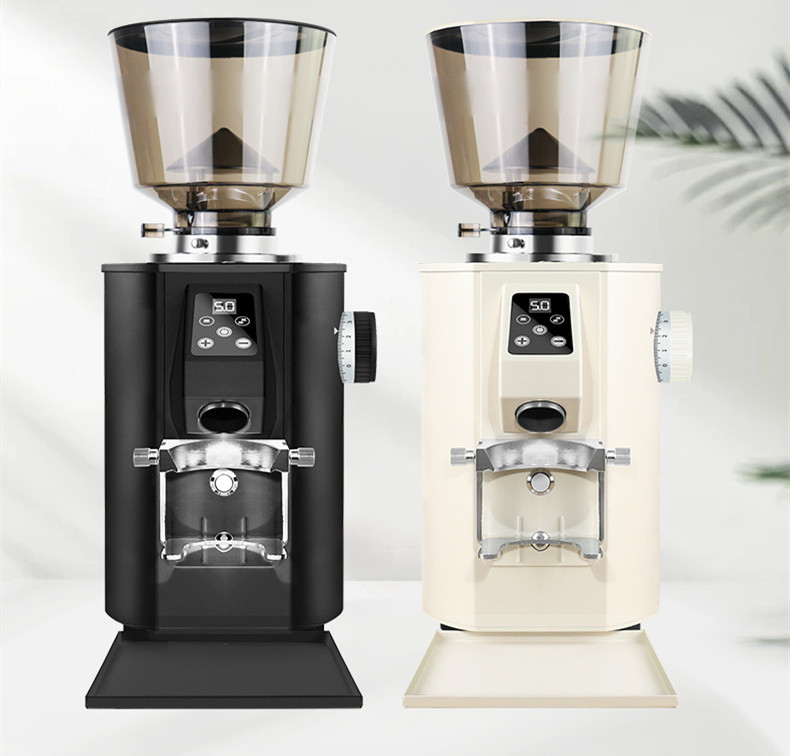In terms of teaching commercial roasters, coffee training schools usually focus on the following core points:
First, teaching of baking theory
Coffee bean components and roasting principles: Students need to understand the chemical components of coffee beans, including carbohydrates, proteins, fats, and acids, as well as the physical and chemical changes that occur during the roasting process, such as the Maillard reaction and caramelization reaction. The impact of these reactions on coffee flavor is the focus of teaching.
Baking curve Design: Teach how to draw and understand baking curves, including changes in temperature, time and air flow, as well as how to control the baking process by adjusting these parameters.
Second, operation and maintenance of baking equipment
Equipment types and features: Introduce different types of roasters (such as direct-fire, semi-direct-fire, hot air roasters, etc.) and their advantages and disadvantages, enabling trainees to understand the impact of different equipment on baking effects.
Equipment operation and adjustment: A detailed explanation of the operation process of the baking machine, including the adjustment of the heating, cooling, ventilation and exhaust systems, as well as how to adjust the equipment parameters according to the baking requirements.
Equipment maintenance and care: Teach the daily maintenance and care methods of the baking machine to ensure its long-term stable operation and extend its service life.
Third, practical operation of the baking process
Roasting stage control: Guide trainees to master the temperature and time control of each roasting stage (such as drying and dehydration, Maillard reaction, and development stage), as well as how to judge the roasting progress by observing the color, aroma, and shape of coffee beans.
Baking Record and Analysis: Trainees are required to record key parameters during the baking process, such as temperature, time, and air flow, and learn to analyze these data in order to continuously optimize the baking curve.
Fourth, quality control and sensory evaluation
Sample testing and consistency control: Teach how to conduct sample testing on green beans and roasted beans, including moisture content, density, and defects, as well as how to ensure the consistency of each batch of coffee by comparing roasting curves and sensory evaluations.
Sensory Evaluation and Feedback Application: Learn the cupping methods of the SCA standard, including sample preparation, brewing, tasting and recording, master the flavor wheel of coffee, understand the sources and influencing factors of different flavor characteristics, and learn to adjust roasting parameters based on the results of sensory evaluation.
Fifth, problem-solving and creative development in baking
Common Problem Solving: Teach students how to solve common problems in the baking process, such as over-baking and uneven baking, to improve the success rate of baking.
Baking creativity and personalization: Encourage students to exert their creativity, try different baking schemes, and design personalized baking curves to meet the taste demands of different consumers.


